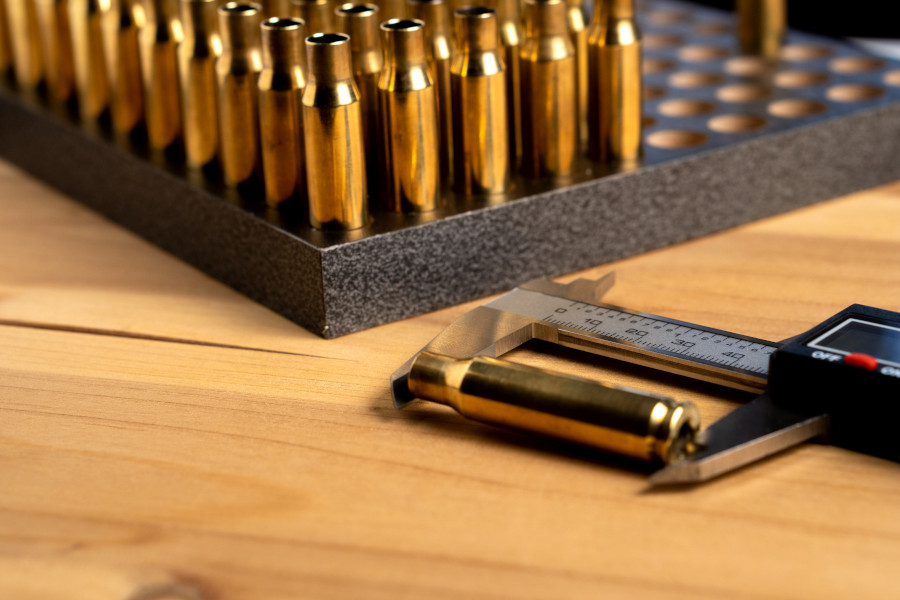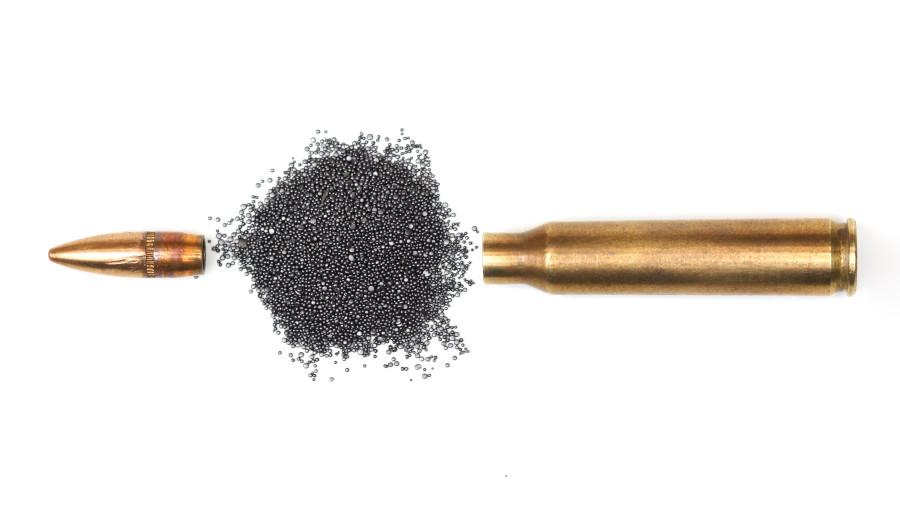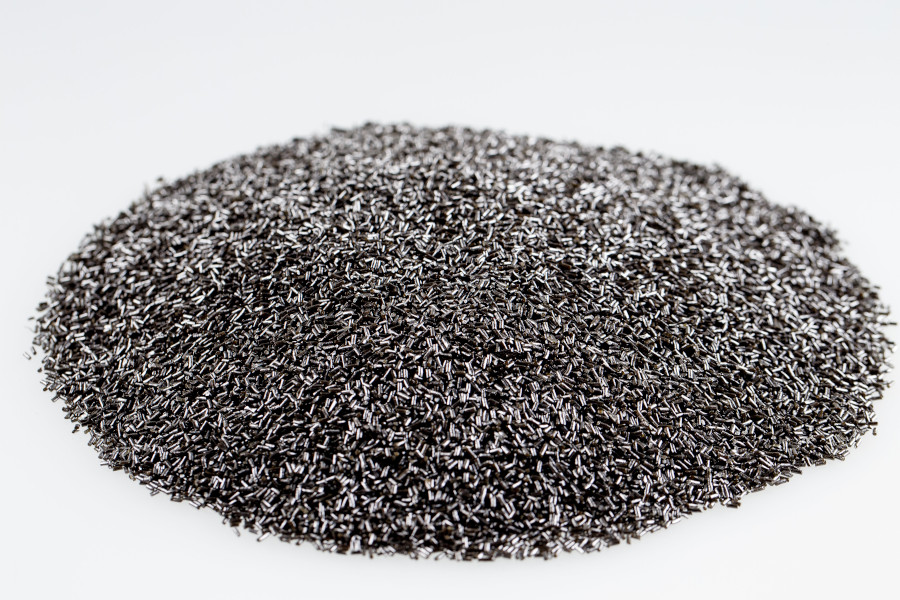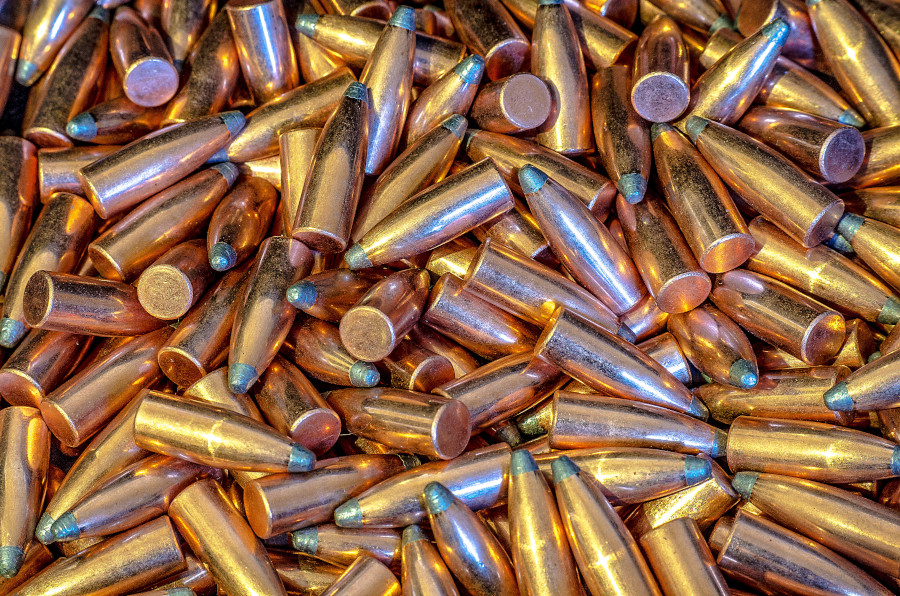If you’ve read the previous two installments in this series, the introduction to reloading and the basics of pistol handloading, you’re probably already familiar with some of the steps that will be taken when it comes to reloading rifle cartridges. Here are some of the differences when it comes to loading ammunition for rifles versus handguns.
Primers
Rifle primers come in the same size diameters as pistol primers, large and small. But rifle primers are generally a little taller than pistol primers, and often have harder cups due to the stronger forces of rifle firing pins. That’s one reason you can’t use large pistol primers in a cartridge designed for large rifle primers, and vice versa, and the same for small primers.
Most cartridges you’ll load will probably take either a small rifle primer or a large rifle primer. Some more powerful cartridges with greater powder capacity may require magnum primers. For those looking for extreme accuracy, there are also special benchrest primers that are supposed to offer greater ignition consistency.
For those loading military calibers such as 5.56x45mm NATO, 7.62x51mm NATO, or 7.62x39mm Soviet, your load data may call for military-type primers such as the CCI 34 (large) or CCI 41 (small). These primers are also often used when you’re going to use the ammo in semi-automatic rifles, and can also be used in other cartridges in which AR-15s or AK-style rifles are chambered, such as 5.45x39mm, 6.5 Grendel, .300 Blackout, or 6.8 SPC.
Cases
In most instances, the cartridge cases you’re going to load for rifle ammunition are bottlenecked. These will require lubing before sizing, and then lube will need to be cleaned off after sizing. Even straight-walled rifle cartridges, such as the .45-70 Government, will need to be lubed before sizing.
Cases should be inspected after every firing, and any that show signs of excessive pressure, or flaws such as cracks, pinholes, or severe dents and bulges should be discarded. The process of sizing and firing cases work hardens the brass from which they’re made. While that’s not a bad thing for the head and base of the case, it can lead to cracks in the neck or shoulder.
That’s why more and more shooters today are learning about the importance of annealing rifle cases after every 3-5 firings or so. Only the neck and shoulder need to be annealed, and there are numerous methods of doing so. It’s not something that you’ll need to worry about as a first-time handloader, but it’s worth filing away in the back of your mind. Annealing cartridge brass can significantly increase the lifespan of your brass cases.
Powder
In general, rifle powders will be slower burning than pistol and shotgun powders. The general rule of thumb is that smaller cases will normally use faster burning powders than large cases. Similarly, given a similar case capacity, cartridges firing wider bullets will use faster powders than those firing narrower bullets.
For instance, the .308 Winchester has a case capacity of 56 grains of water and uses moderate- to slow-burning powders such as IMR 4895, IMR 4064, Hodgdon Varget, Accurate 2520, or Hodgdon BL-C(2). The .375 RAPTOR, which is a shortened .308 case necked up to take .375” bullets, has a 60-grain case capacity but uses faster powders, such as Accurate 1680 and Alliant Reloder 10X.
Bullets
The various types of rifle bullets available for rifle cartridges will make your head spin, particularly if you’re loading for .22-caliber and .30-caliber cartridges. Rifle cartridges shoot a much wider variety of bullet weights than pistol cartridges, and often a wider range of weights. There are numerous styles, from full metal jacket to hollow point match bullets to softpoints to copper and brass solid bullets to specialized hunting bullets. There are hundreds of different choices in many calibers to choose from, so it can be daunting to pick the right bullet.
You’ll first want to determine what the purpose of your loading is. If you’re just interested in plinking or informal target shooting, the cheapest full metal jacket bullets may fit your bill. If you’re going hunting, you’ll want to get the right bullets for the type of wild game you’re hunting. If you’re interested in home defense, you may want to think about some sort of expanding bullet to reduce overpenetration. And if you’re interested in long-range target shooting, you’ll want to pick high quality, precision-made match bullets.
You can even use the same rifle for many of these different purposes, working up different loads for different scenarios. That’s part of the beauty of rifle ownership and of handloading for your rifles.
The Process of Loading Rifle Cartridges
The process of loading rifle cartridges isn’t much different from the process of loading handgun cartridges that we covered in the previous installment in this series. You’ll want to lube your cases, then run them through the sizing die. After you clean off the lube, you can prime your cases.
Next you’ll fill the cases with the proper amount of powder, based on the load data you’re using. Rifle case mouths do not need to be belled like pistol cases do, so you can skip straight to bullet seating. Once the bullet is seated to the proper length, that’s often all you have to do.
Crimping isn’t necessary for most applications in rifle cartridges, with two exceptions. Cartridges fired in machine guns should have the bullets crimped in place, and many bullets created for those cartridges will be available on the market with a cannelure groove where the case can be crimped around the bullet. And bullets used in large, powerful big-game cartridges such as .458 Winchester Magnum or .375 Holland & Holland should also be crimped, so that additional bullets in the magazine do not jump crimp under recoil and jam your rifle’s action.
Bullets used in semiautomatic rifles can be crimped if you want to and if the bullet allows them to be crimped. Most rifle seating dies don’t have a taper crimp feature, so many shooters use a special crimping die like Lee’s Factory Crimp Die. In cartridges like .223 Remington, .300 Blackout, or 6.5 Grendel, crimping generally isn’t going to be necessary. Even in .308 Winchester, like in an AR-10 or FAL, crimping generally isn’t required either. But if the bullet you’re using has a crimp groove and you seat to the crimp groove, it’s probably a good idea to crimp that bullet.
Other Considerations
While we’ve focused on loading so far, we haven’t focused on testing your loads. Not every load you use will shoot accurately in your rifle. And even a load that shoots well in one rifle won’t necessarily shoot well in another rifle. That means that along with loading your own ammunition, you need to test your own ammunition.
There are numerous ways of doing that, but in general it means that you’ll want to start off loading the starting loads from your loading manuals, then working your way up in increments to your maximum loads. So if the loading manual you use shows 38.6 grains of IMR 4064 as a starting load and 41.6 grains as a maximum load, you might want to start with 38.6, 40.0, 40.5, 41.0, and 41.5 grains as your initial loads.
You would load 3-5 cartridges with each powder charge, and fire each group of cartridges separately. You’ll want to test for accuracy, velocity (with conventional chronographs or newer options such as Magnetospeed or Labradar), and check for signs of excessive pressure such as bulging cases, flattened primers, or in the worst case blown primers.
You may very well find that charges in the middle of the range of options give you the best accuracy. And from there you can fine tune, maybe loading your next range of cartridges with 40.4, 40.6, and 40.8 grains, trying to find the sweet spot where both accuracy and velocity are maximized.
It can take some time and effort to find the loads or bullets that work best with your rifles, but that’s part of the fun. It gives you an excuse to shoot, it causes you to focus on your shooting technique so that you shoot accurately, and can give you a great sense of accomplishment when you find a load that performs well.
But once again, we’d be remiss if we didn’t remind you that safety is paramount. Always follow proper safety precautions when loading, and don’t chase every last bit of performance to the detriment of your health and the integrity of your firearm. Treat handloading with care and you can get many years of enjoyment out of your new hobby.



